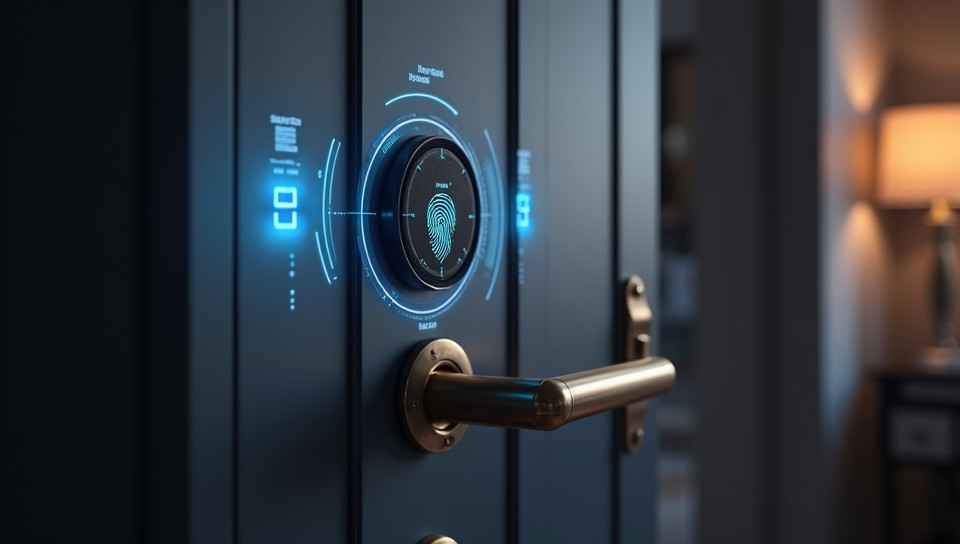Smart door locks have fingerprint and face recognition 84%

The Future of Home Security: Smart Door Locks with Fingerprint and Face Recognition
Imagine walking up to your front door, looking into the camera, and having it automatically unlock for you. Sounds like science fiction? Think again. With the rapid advancement in technology, smart door locks equipped with fingerprint and face recognition are becoming a norm. These innovative devices are not only convenient but also provide an additional layer of security for homeowners.
The Benefits of Smart Door Locks
Smart door locks offer numerous benefits over traditional locks. Here are just a few:
- Increased convenience: With the ability to unlock your door using fingerprint or facial recognition, you'll never have to worry about lost keys or fumbling with a physical key again.
- Enhanced security: These locks can be programmed to only grant access to authorized individuals, adding an extra layer of protection for your home and family.
- Remote access: Many smart door locks allow you to grant temporary access to guests, maintenance personnel, or housekeepers remotely, eliminating the need for spare keys.
How Fingerprint and Face Recognition Work
Smart door locks use advanced biometric technology to recognize fingerprints and facial features. Here's a brief overview of how it works:
- When you register your fingerprint or face with the lock, it creates a unique digital signature that is stored securely on the device.
- When you approach the lock, it uses a camera and sensor to capture an image of your fingerprint or face.
- The captured data is then compared to the stored signature, and if there's a match, the lock unlocks.
Security Concerns
While smart door locks offer numerous benefits, security concerns are always a top priority. Here are some reassurances:
- Data encryption: Smart door locks use advanced encryption methods to protect your biometric data from unauthorized access.
- Secure storage: Biometric data is stored securely on the device or in the cloud, and can be easily wiped in case of theft or loss.
Conclusion
Smart door locks with fingerprint and face recognition are no longer a novelty but a necessity for homeowners who value convenience, security, and peace of mind. With their advanced biometric technology and remote access capabilities, these devices offer unparalleled protection and flexibility. As the technology continues to evolve, we can expect even more innovative features and improvements in the future. One thing is certain – smart door locks are here to stay, and they're changing the way we think about home security forever.
- Created by: María Fernanda Fuentes
- Created at: Aug. 12, 2024, 11:32 p.m.
- ID: 6952

